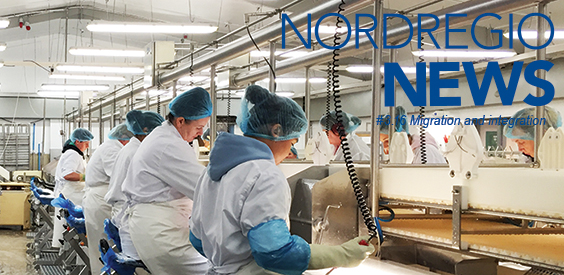The Nordic and Baltic countries share many similarities when it comes to negative demographic tendencies, particularly in the rural areas, as consequences of population ageing, lowering of birth rates, gender imbalance and outmigration. These challenges are highly complex in nature and difficult to mitigate and adapt to, and call for concerted actions at the national and local levels.
Given the geographical proximity and the close historical ties between the Nordic and Baltic countries, the Nordic Council of Ministers’ Offices in the Baltic States have taken an interest in labour mobility issues and conducted a demographic vulnerability assessment in the Nordic–Baltic region. The project “Enhanced Nordic–Baltic co-operation on challenges of labour mobility in the Nordic–Baltic region 2014–2015” (BLAM) was realized in co-operation with the Nordic Council of Ministers’ Offices in the Baltic States and Nordregio. One of the outcomes of the BLAM project has been the visualization of the complexity of the demographic dynamics at the municipal level in the Nordic–Baltic region. The Baltic countries have experienced significant outmigration in the last decades (see map illustrating only the migration indicator out of the 10 vulnerability indicators, the whole vulnerability map can be found on the project website).
This demographic vulnerability assessment map shows that the majority of municipalities in both Nordic and Baltic countries are experiencing negative demographic tendencies. At the same time, more positive demographic tendencies can also be observed within the countries, primarily in the capital areas and the more dynamic, growing city-regions. The map helps to identify municipalities that share common demographic development opportunities, as well as the complexity of specific challenges for each municipality. The remaining parts of the project have focused on migration, given that it is one of the most significant factors influencing the demographic structure in the Nordic–Baltic region. While migration in the Nordic countries has exceeded the natural population increase as the most prominent driver of population growth, the Baltic countries have experienced significant outmigration in the last decades. In the context of the Nordic–Baltic region, migration is primarily understood as a cross-border labour movement; the current refugee issues have consequently been outside the scope of this project.
Article continues below


